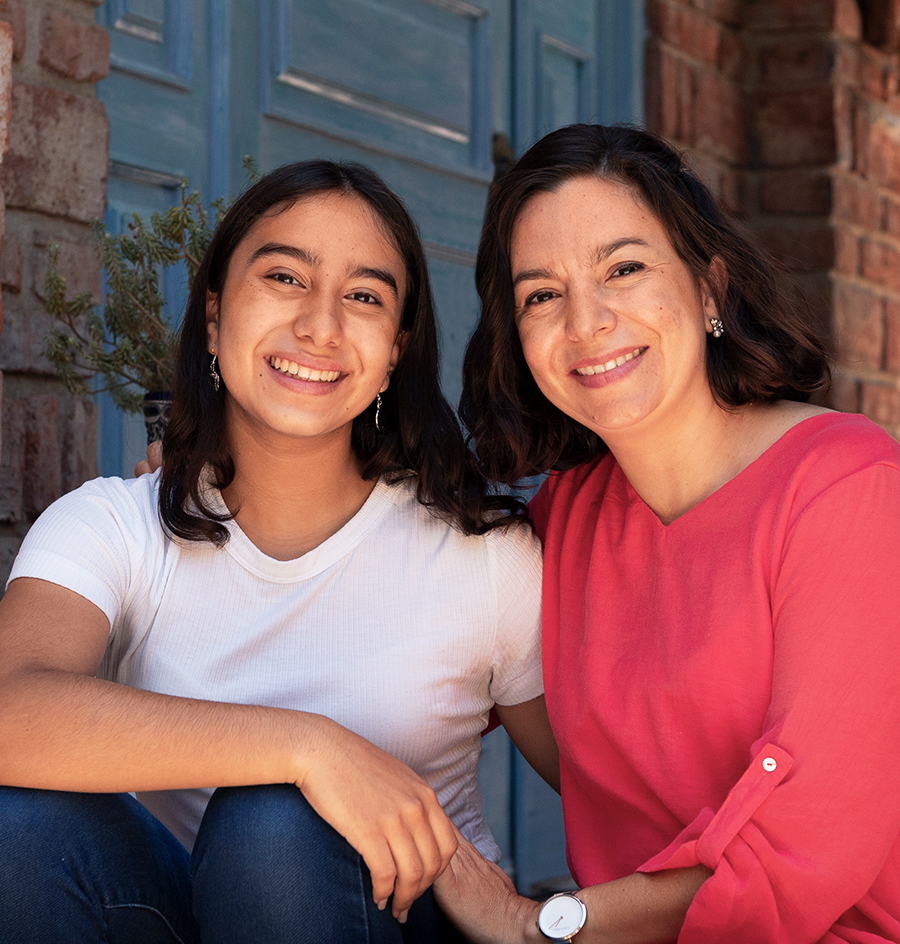Family Visa Lawyer in florida
Advocating for Families in South Florida & Beyond
At Maribel A. Piza, P.A., we are committed to ensuring that you and your family can build a life together in the United States. Drawing on over fifteen years of expertise in immigration law, we have successfully guided numerous families through diverse legal issues.
Based within easy reach of the South Florida Immigration Court, we offer legal services in both English and Spanish to accommodate our clients’ needs. Contact us to arrange a complimentary consultation where we’ll discuss your case and how we can assist you without any obligation.

How to Obtain Visas for Spouses, Fiancé(e)s, & Children
Navigating family-based immigration processes can be intricate, but with the right guidance, reuniting your family in the United States is achievable. Whether you are seeking to bring a spouse, fiancé(e), or child to the U.S., each category follows a specific set of procedures and requirements. The following provides a concise overview of the processes for Spouse, Fiancé(e), and Child Visas, detailing the essential steps and documentation needed to move forward with each unique immigration path.
Spouse Visa
Spouses must follow a distinct procedure to bring a non-citizen spouse to the U.S. It’s typically more straightforward if one spouse is a U.S. citizen, as they are not subject to a waiting list by USCIS.
After the resident spouse files an immigrant visa petition and it’s approved by USCIS, the non-citizen spouse must apply for an immigrant visa. For those outside the U.S., this involves consular processing at a U.S. Embassy.
Permanent residents wishing to bring a spouse to the U.S. will face a waiting list, usually around two years, and this can be further complicated if the spouse is in the U.S. unlawfully.
Fiancé(e) Visa
To bring a non-citizen fiancé(e) to the United States for marriage, a U.S. citizen must file Form I-129F, the Petition for Alien Fiancé(e), which is the first step toward obtaining a K-1 nonimmigrant visa, commonly known as the fiancé(e) visa. Once approved, the non-citizen fiancé(e) must marry the U.S. citizen petitioner within 90 days of entering the country on a K-1 visa. After marriage, the non-citizen can apply for a Green Card. This process is not applicable if the couple is already married or the foreign fiancé(e) is legally residing in the U.S. Eligibility for the K-1 visa also requires having met in person within two years before filing, among other conditions.
The process involves multiple agencies, including USCIS, the Department of State, and Customs and Border Protection, and includes thorough background and security checks. After USCIS approves the I-129F petition, it is sent to the National Visa Center and then to the relevant U.S. Embassy or consulate for the fiancé(e) to apply for the K-1 visa and schedule an interview.
Child Visa
To bring a non-citizen child to the United States, a U.S. citizen or permanent resident must file Form I-130, Petition for Alien Relative. The documentation required includes proof of U.S. citizenship or evidence of permanent residency, and if any names have changed, legal proof of this change. The relationship between the petitioner and the child must be proven with the appropriate documents, such as birth certificates or adoption decrees.
For U.S. citizens petitioning for an unmarried child under 21, the child may apply for permanent residence using Form I-485 concurrently with the I-130 petition. If the child is married or over 21, or if the petitioner is a permanent resident, the child can apply for adjustment of status once a visa becomes available, which is determined by the Visa Bulletin. If the child is outside the United States, consular processing is initiated after I-130 approval and visa availability.
There are special considerations for step-children; they are granted conditional permanent resident status if the petitioner has not been married to the child’s parent for two years at the time the child receives residency. Conditions must be removed using Form I-751, filed within the 90-day period before the conditional residency expires.
In immigration terms, a “child” includes a genetic child born in or out of wedlock, a step-child (if the marriage occurred before the child turned 18), or an adopted child (if certain conditions are met, such as the child being adopted before age 16 and the adoptive parent meeting legal custody and joint residence requirements for two years).
This information should be tailored to reflect that initial applications for child visas are accepted, and the process includes the potential for adjustment of status within the U.S. or consular processing for those abroad, along with the conditions and requirements specific to each category of child-related immigration.

